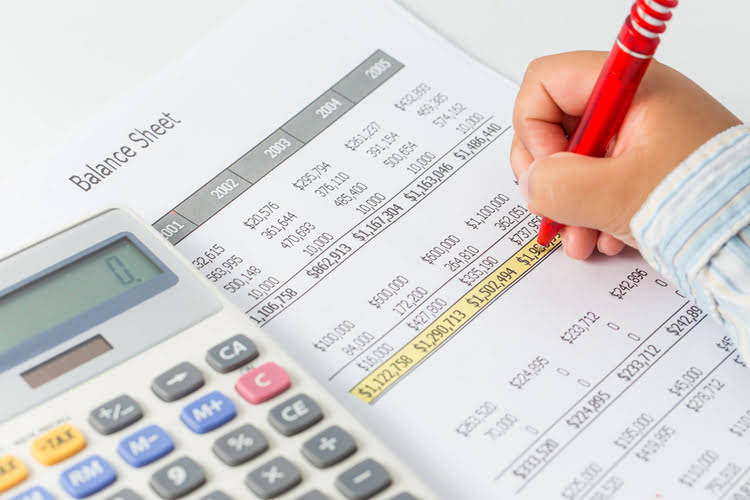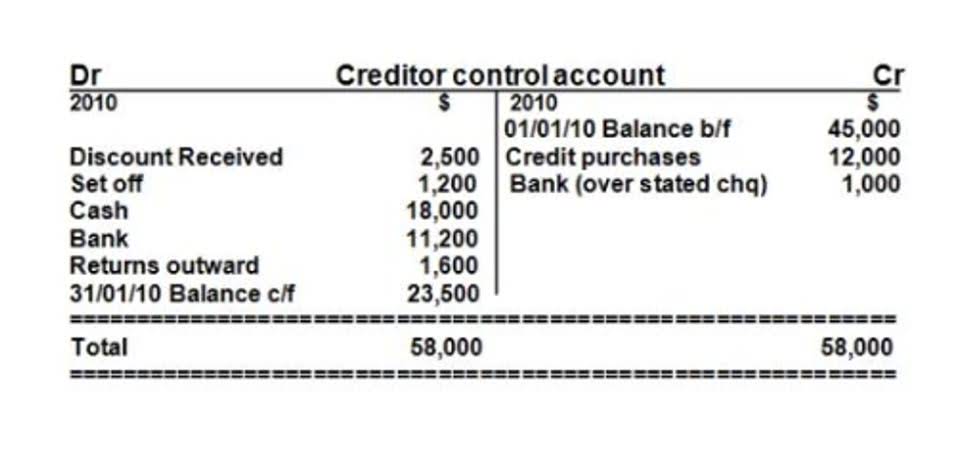
Let us understand why businesses use both absorption and variable costing calculator through the discussion below. First, FIFO only applies this period‘s rate to work done this period. So, the beginning WIP equivalent units are subtracted away in order to arrive at “Equivalent units completed with this period’s work” (see cells E4, E11, and E18). That removes the portion of beginning WIP units that were completed last period. If the firm frequently has significant swings in per-unit costs, the weighted average method is less appropriate. It holds workers and managers accountable, in part, for cost decisions from prior periods.

A Comprehensive Guide to Period Costs Accounting
- With a solid financial plan in place, you can identify which components are driving up your product costs and adjust accordingly.
- Salaries and wages, for instance, are compensation paid to administrative staff, including executives, office managers, receptionists, and other support personnel.
- Yes, salaries for employees not involved in production, such as administrative staff, are considered period costs.
- What makes this method a “weighted average” is that performance last period affects costs in future periods (it will at least affect costs this period and next period).
- Reducing monthly rent expenses by $1,000 would increase net income by $12,000 per year.
At the beginning of the period, each department has a debit balance for the cost of any units in beginning WIP. Then, throughout the current period, the department incurs more costs that are Cash Flow Management for Small Businesses debited to WIP. That means all product costs need to be put into the numerator of a cost per equivalent unit calculation. However, it is always better to calculate this cost per unit as it can help decide the appropriate sales price of the finished product. To determine this cost on a per-unit basis, divide this cost as calculated above by the number of units produced.
LogRocket generates product insights that lead to meaningful action

For example, a bunch of sheet metal is placed in a machine (which then converts the sheet metal into the finished product). Or, a block of wood is placed on the assembly line (where worked then convert it into the finished product). Labor and overhead costs, in these examples, are incurred only after there’s a piece of metal in the machine or a block of wood on the assembly line to work on. We call the sum of labor and overhead conversion costs because they are costs incurred to convert raw materials into finished goods.
How to Calculate Operating Costs

You probably do some consulting (i.e. labor and overhead) with the customer before sending the job to the printer. Notice that direct materials (i.e. the what are period costs paper and ink) are not applied until toward the end of the process. In Chapter 4, I made a parenthetical comment about dividing overhead evenly between individual product units. If all the product units are the same, each product unit is probably responsible for the same amount of overhead cost.
An increase in cost is not always consistent at different production levels. A manufacturing company that purchases fabric as one of its raw materials, for example, may be able to get a volume discount on that fabric. But if it buys 1000 yards, the supplier may offer a rate of $1.50 per yard. However, even with the price break, there is still an increase in cost as production increases.
- The overall objective of process costing is to take these costs and redistribute them between (1) ending WIP and (2) the credit side of the WIP account (i.e. completed and transferred out costs).
- Properly classifying costs is key for accurate financial statements, and understanding the different roles of Period and Product Costs is crucial for financial reporting.
- The Management accountant has to carefully evaluate the time cost and check whether the same will form part of an income statement.
- Understanding the Total Period Cost is vital for businesses to evaluate the proportion of their spending that does not directly contribute to production.
- Let’s say your department cooks dumplings (a prior department prepared the dumplings; your job is just to cook them).
- Let’s say the firm was not very cost-effective last period and $15,000 in beginning WIP is a lot of conversion costs for the 360 equivalent units in beginning WIP.
- Make a note of how much money you spend on period costs and expense them during the period in which the costs are incurred.
- Another way to identify period costs is to establish what doesn’t qualify as such.
- Inventoriable costs are costs that help businesses know how much the expenses incurred should be added to the cost of product to ensure they do not face losses.
- Depreciation represents the loss in value of fixed assets like machinery and equipment as they wear down over time.
Unlike capital expenditures, which can provide long-term benefits, period costs are usually related to the day-to-day operations of a business. Period costs accounting is a vital aspect of financial management for businesses. Period expenses appear on the income statement with an appropriate caption for the item, which acts as a disclosure, in the period when the cost is incurred or recognized. Another way to Certified Public Accountant identify period costs is to establish what doesn’t qualify as such. Identifying patterns of seasonality or fluctuations in specific costs that could indicate areas for improvement in the company’s budgeting process.


發佈留言